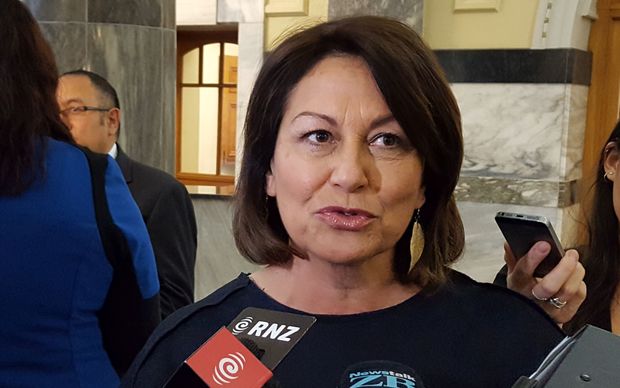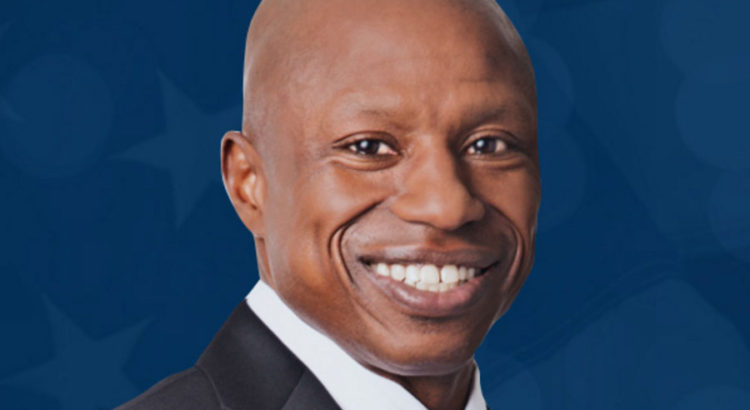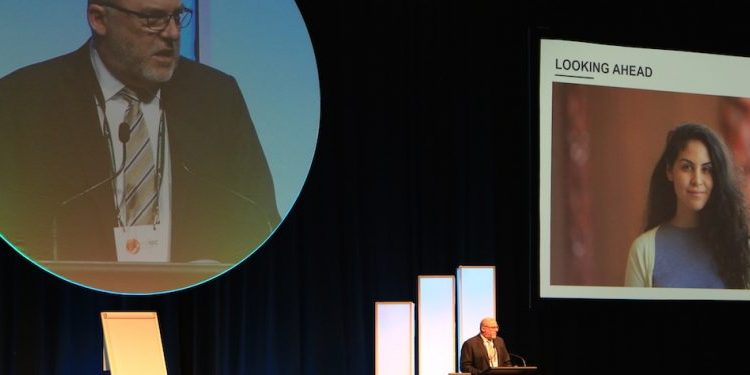África/Sudáfrica/10 de Septiembre de 2016/Autor: Mohammed Jameel Abdulla/Fuente: All Africa
RESUMEN: Las protestas por las tasas universitarias están siendo títulares otra vez, después de la conflagración en la Universidad de KwaZulu-Natal. El debate sobre cómo financiar la educación gratuita no es nuevo, está evolucionando y sigue siendo una pregunta abierta a pesar de el aparente «consenso» entre los vicerrectores universitarios. Aquí hay cuatro mitos sobre la viabilidad de la enseñanza gratuita que tienen que ver ahora mismo.
Protests over university fees are making headlines again, following the conflagration at the University of KwaZulu-Natal. The debate on how to fund free education is not new, is evolving and remains an open question despite what the apparent «consensus» seems to be from university vice chancellors. Here are four myths about the viability of free education that need to go right now.
1. Free education can be thought of separately from the vision of a decolonised society
There’s a deep misunderstanding within public discourse that free education is simply a matter of funds and accessibility. While access to education is fundamentally a social concern relating to historic inequality, the problem is inseparable from our vision of a decolonised South Africa.
Part of the discussion on decolonisation critiques the model of education embodied by the US education system, where education has become predominantly a matter of getting a certificate that ensures economic viability. In this model, education is a commodity that serves the interest of a production-based system where individuals are simply «rational» market agents.
The challenge to this model, posed by movements such as #RhodesMustFall and #FeesMustFall, is the ideal of the university as a liberatory site of knowledge production – a space where scholars are provided with the knowledge, skills and training they need to better serve society.
To this end, the institutional culture, makeup of staff and management and question of curriculum cannot be separated from the question of university funding. Funding, in fact, provides the backdrop from which all these questions might be posed.
2. NSFAS and loans to fund education are progressive funding mechanisms
Loans are not an equitable way of funding education because student debt primarily affects poor and historically disadvantaged students.
Additional debt for these students would simply add to the burden of «black tax». Many black students have more than just their own individual expenses to consider, and bear the responsibility of contributing to household and extended family expenses straight out of school. After graduation, debt decreases the social mobility of students, who are hampered in their ability to afford their own housing, transport and expenses – expenses that more privileged students may already have covered through generational wealth.
Fear of debt also affects the career choices students make. For example, a poor student who wants to become a teacher in order to help address South Africa’s education crisis, might choose a more lucrative career path in order to pay off their student debt more quickly.
Many argue that that loans take financial pressure off of government. Yet these loans are assured by the state – meaning that the state must pay back the debt when students default on repayments. As NSFAS continues struggling to recover the R21 billion in loans, the state remains under financial pressure irrespective.
3. Getting in bed with corporates is a viable alternative for funding
Another prevalent argument is that to fund free education, universities have to resort to private partnerships in order to meet socially progressive ends.
But corporate funding, like government funding, comes with strings attached. It is willfully ignorant to assume that private interests may impact university autonomy any less than government interests. Corporations are profit driven and will only be involved if it serves their interests or if there is commercial benefit. Private funding affects what gets approved for research. This directly influences the intellectual output of universities and the freedom of academics. Scholarships and bursaries tend to favour studying STEM disciplines – the science, technology, engineering and mathematics streams – which again affects the decisions poorer students make when selecting a course of study. Corporations are also more likely to fund historically white universities such as UCT and Wits as they have more marketable exposure – this further entrenches inequality between universities.
When universities begin to operate like businesses, we see a similar commodification of education to meet commercial ends.
4. Government ain’t got the cash, brah
One of the main arguments we hear for why free education is unattainable claims that the taxes collected by government are not enough to fund free education and that taxpayers are already overburdened.
But there have been several suggestions for how tax could be used to fund free education.
Most government tax revenue comes from Private Income Tax (PIT) and Value Added Tax (VAT). As some have proposed, we could increase the PIT for the top 10% of income earners to increase tax revenue and still be taxing less than other developing countries. A study recently released by the University of Stellenbosch showed that 90-95% of all wealth (assets such as property, shares, cars etc.) is owned by just 10% of SA’s population. Wealth speaks a lot more directly to intergenerational inequality, and thus taxing it more heavily also falls in line with redistributive justice. Tax of wealth itself currently only accounts for 0.1% of tax revenue.
It may also be possible to reallocate funds in the national budget to prioritise issues like education and housing, while decreasing spending in other areas, like military spending. Heck, we could even rescind on a costly – and dodgy – nuclear deals.
Higher education is currently chronically, historically and comparatively underfunded by government and so, irrespective of the schemes involved, government has not been pulling its weight.
Fuente: http://allafrica.com/stories/201609081111.html













 Users Today : 101
Users Today : 101 Total Users : 35404123
Total Users : 35404123 Views Today : 118
Views Today : 118 Total views : 3333597
Total views : 3333597